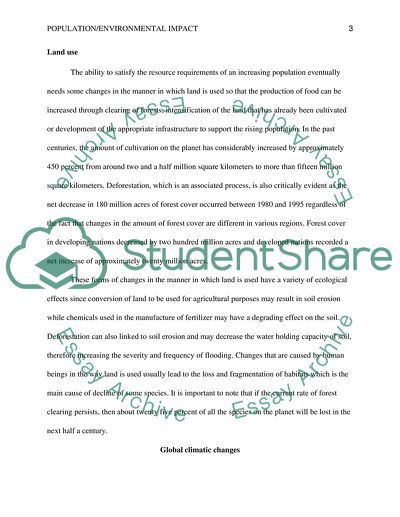Cite this document
(“Population/ Environmental Impact Assignment Example | Topics and Well Written Essays - 1500 words”, n.d.)
Population/ Environmental Impact Assignment Example | Topics and Well Written Essays - 1500 words. Retrieved from https://studentshare.org/environmental-studies/1700132-population-environmental-impact
Population/ Environmental Impact Assignment Example | Topics and Well Written Essays - 1500 words. Retrieved from https://studentshare.org/environmental-studies/1700132-population-environmental-impact
(Population/ Environmental Impact Assignment Example | Topics and Well Written Essays - 1500 Words)
Population/ Environmental Impact Assignment Example | Topics and Well Written Essays - 1500 Words. https://studentshare.org/environmental-studies/1700132-population-environmental-impact.
Population/ Environmental Impact Assignment Example | Topics and Well Written Essays - 1500 Words. https://studentshare.org/environmental-studies/1700132-population-environmental-impact.
“Population/ Environmental Impact Assignment Example | Topics and Well Written Essays - 1500 Words”, n.d. https://studentshare.org/environmental-studies/1700132-population-environmental-impact.


